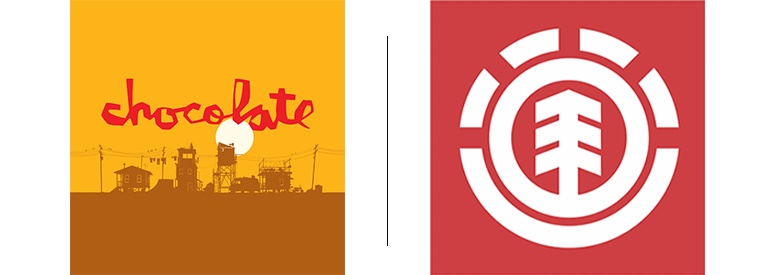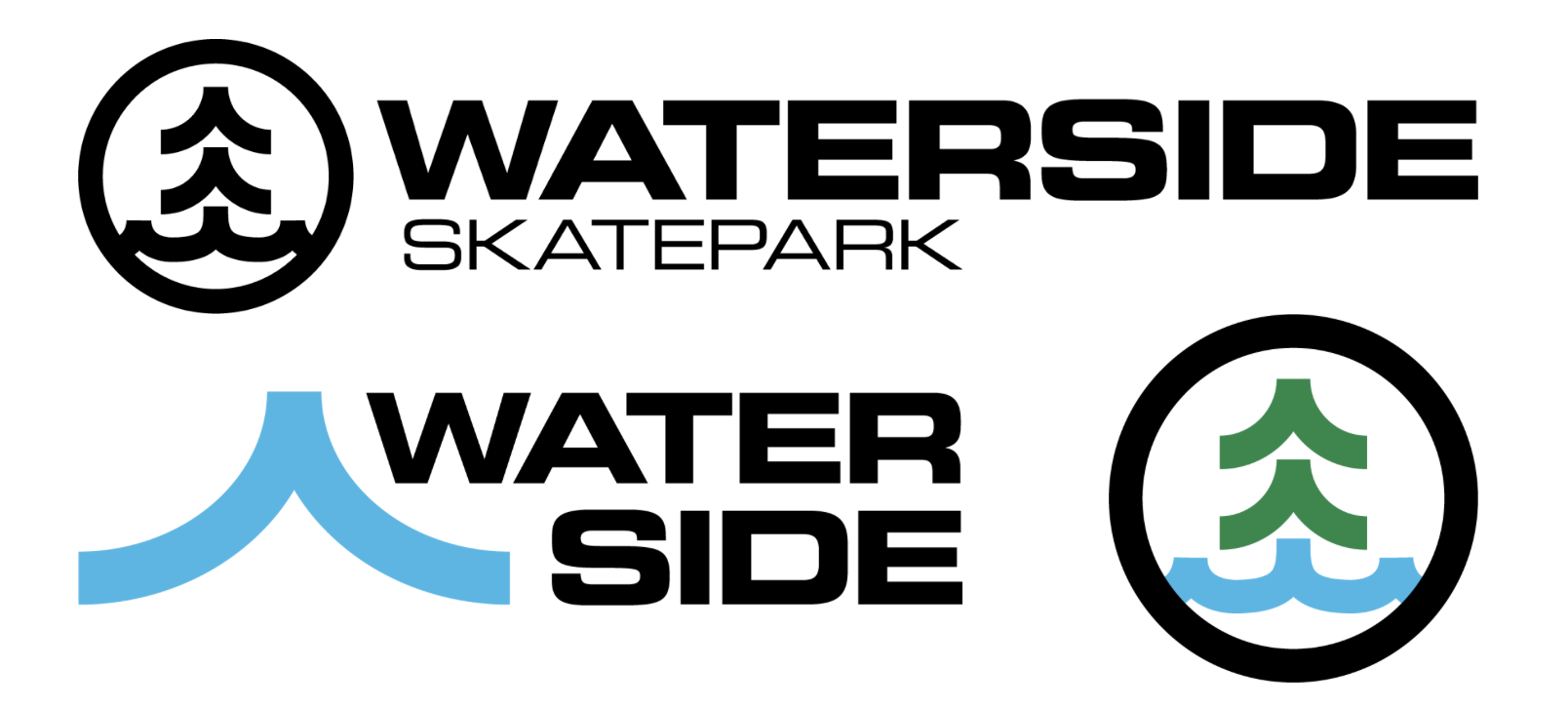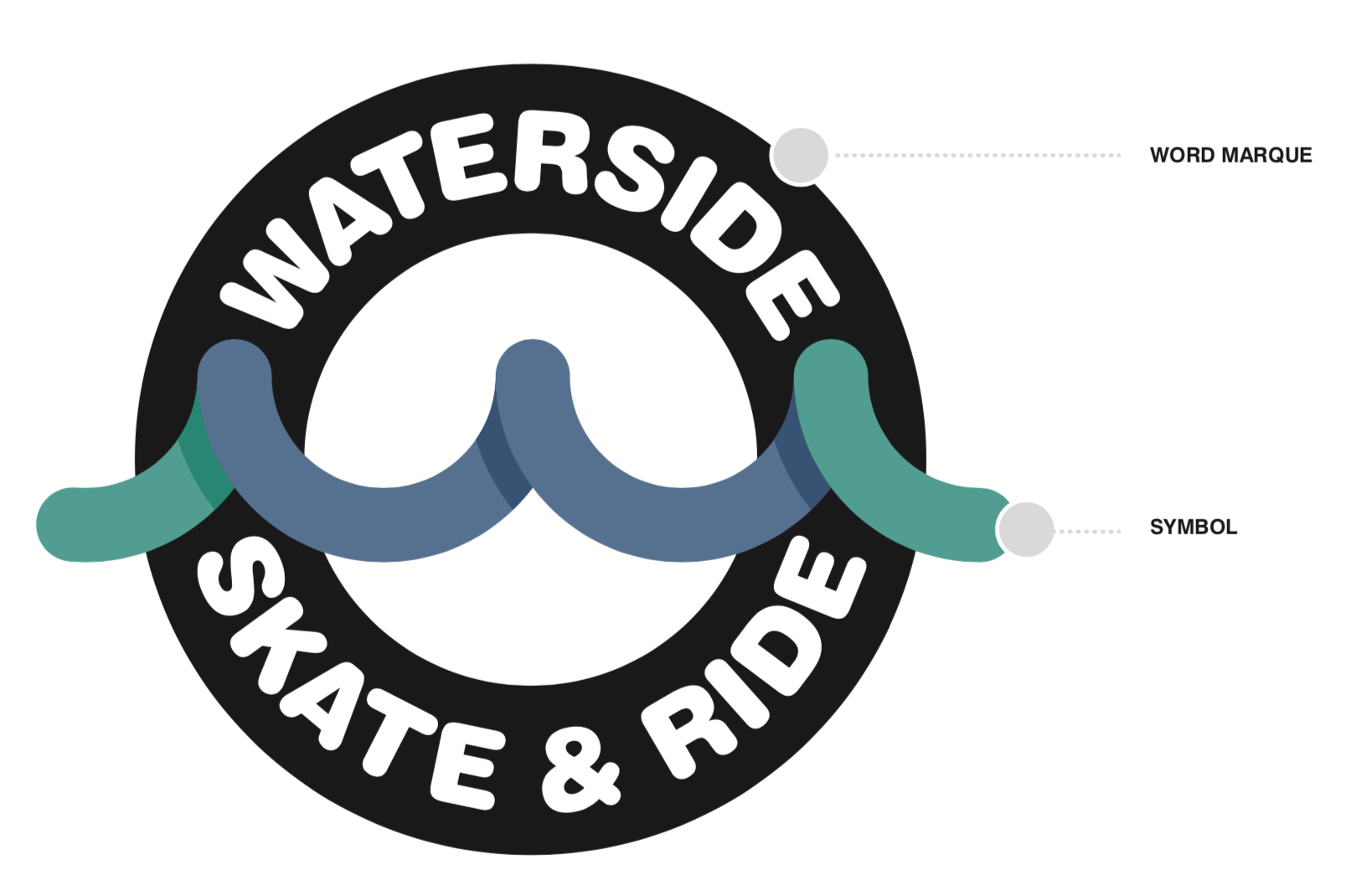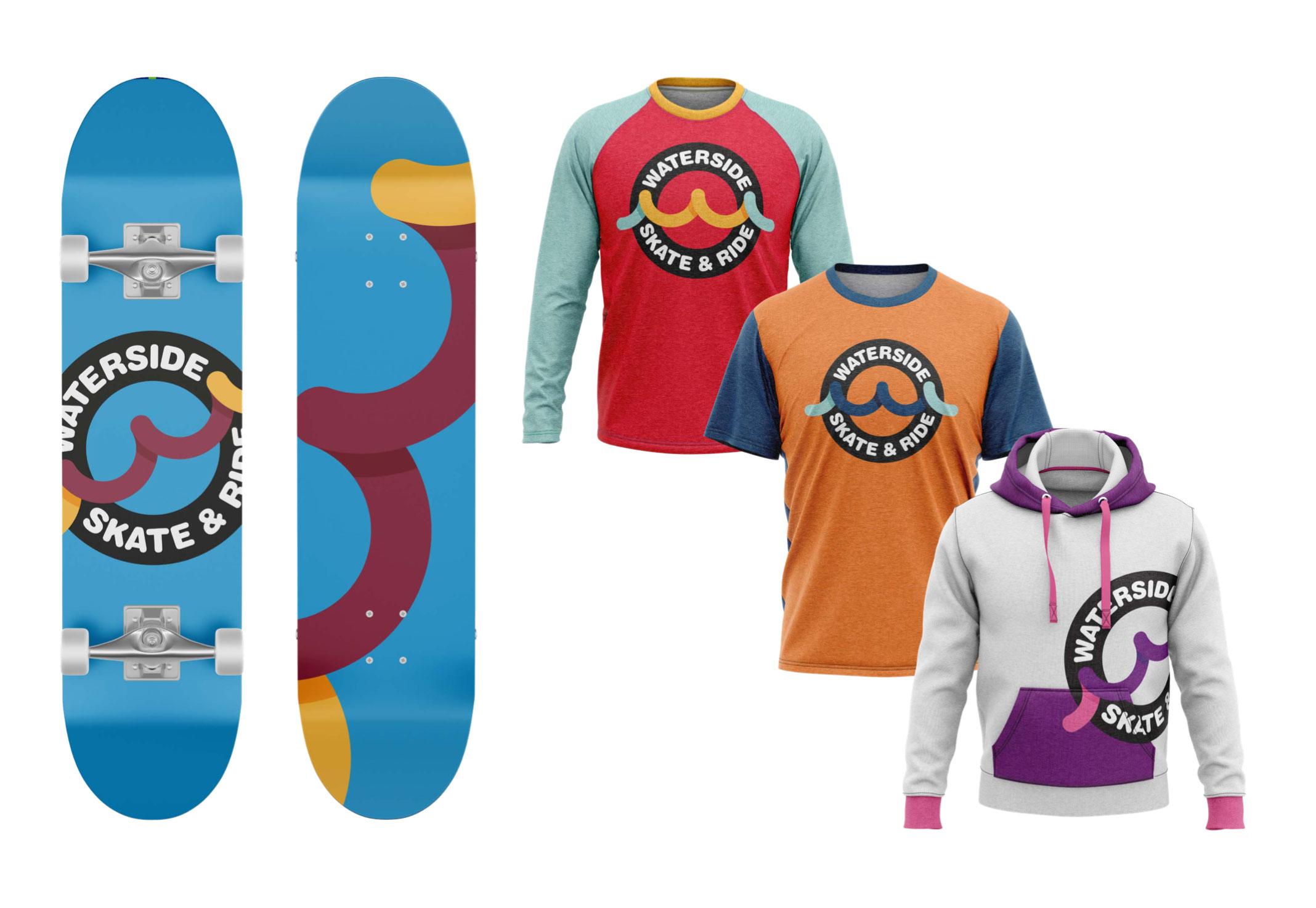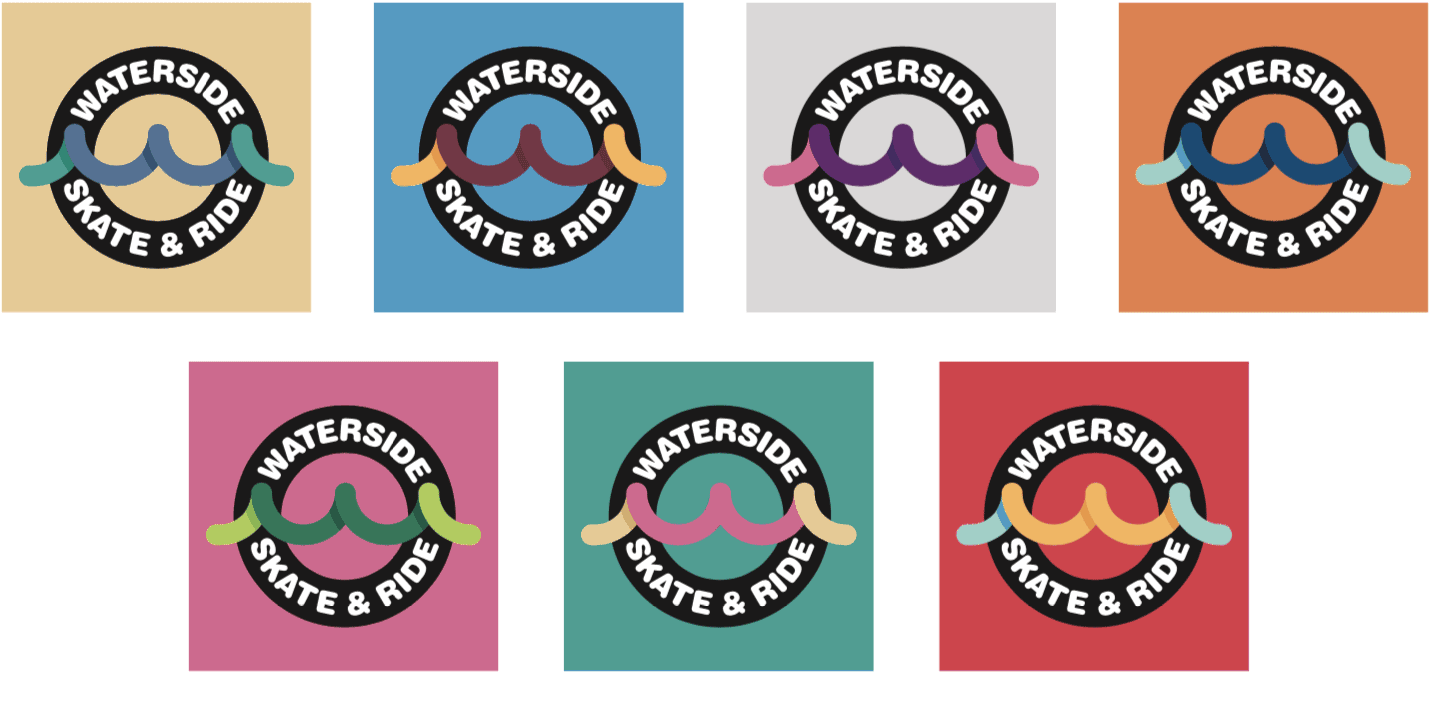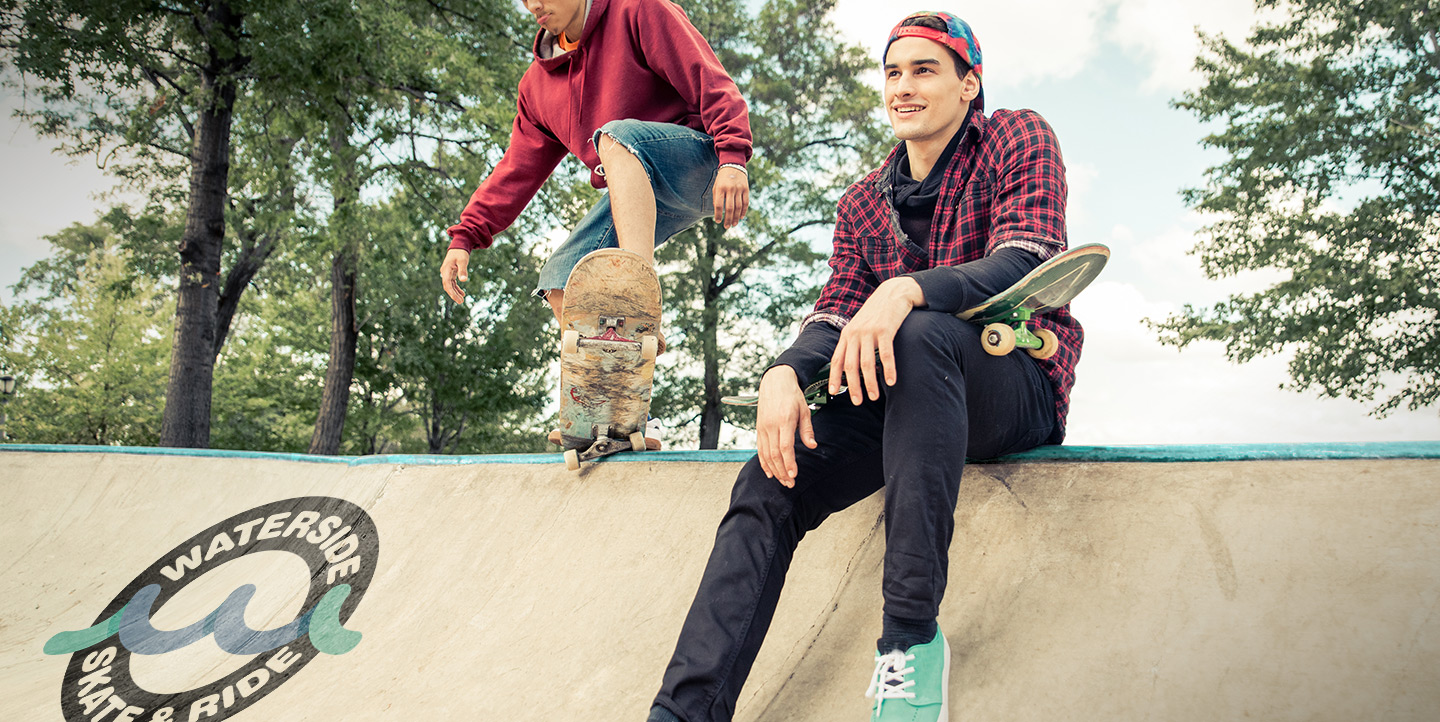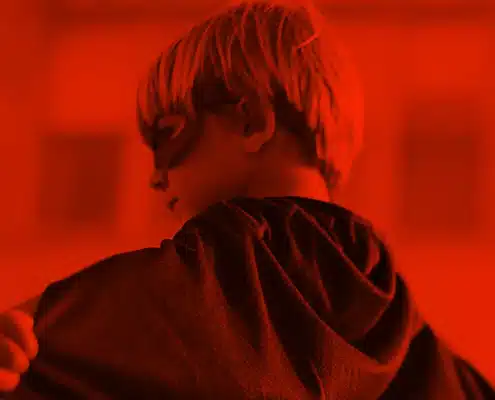 https://zapcreative.co.uk/wp-content/uploads/2025/10/Zap_BlogHeader_600x600_Office-playlist.jpg
600
600
Luke DaMann
https://zapcreative.co.uk/wp-content/uploads/2020/06/zap_logo_250sq_white-01.svg
Luke DaMann2025-10-22 17:13:152025-11-17 16:14:19Our studio playlist: music to fuel your creativity
https://zapcreative.co.uk/wp-content/uploads/2025/10/Zap_BlogHeader_600x600_Office-playlist.jpg
600
600
Luke DaMann
https://zapcreative.co.uk/wp-content/uploads/2020/06/zap_logo_250sq_white-01.svg
Luke DaMann2025-10-22 17:13:152025-11-17 16:14:19Our studio playlist: music to fuel your creativity

Let’s work
together
+44 (0)844 800 3469
Email us
Like us on Facebook
Connect with us on LinkedIn
Follow us on Instagram
© 2025 Zap Creative Ltd
Unit 6, Chevron Business Park, Lime Kiln Lane, Southampton, UK, SO45 2QL
Company Reg: 07492983
Privacy Policy | EDI Policy | Sustainability Policy | AI Policy
Let’s work
together
+44 (0)844 800 3469
Email us
Like us on Facebook
Connect with us on LinkedIn
Follow us on Instagram

Unit 6, Chevron Business Park,
Lime Kiln Lane,
Southampton, UK
SO45 2QL
© 2025 Zap Creative Ltd
Company Reg: 07492983
Privacy Policy

